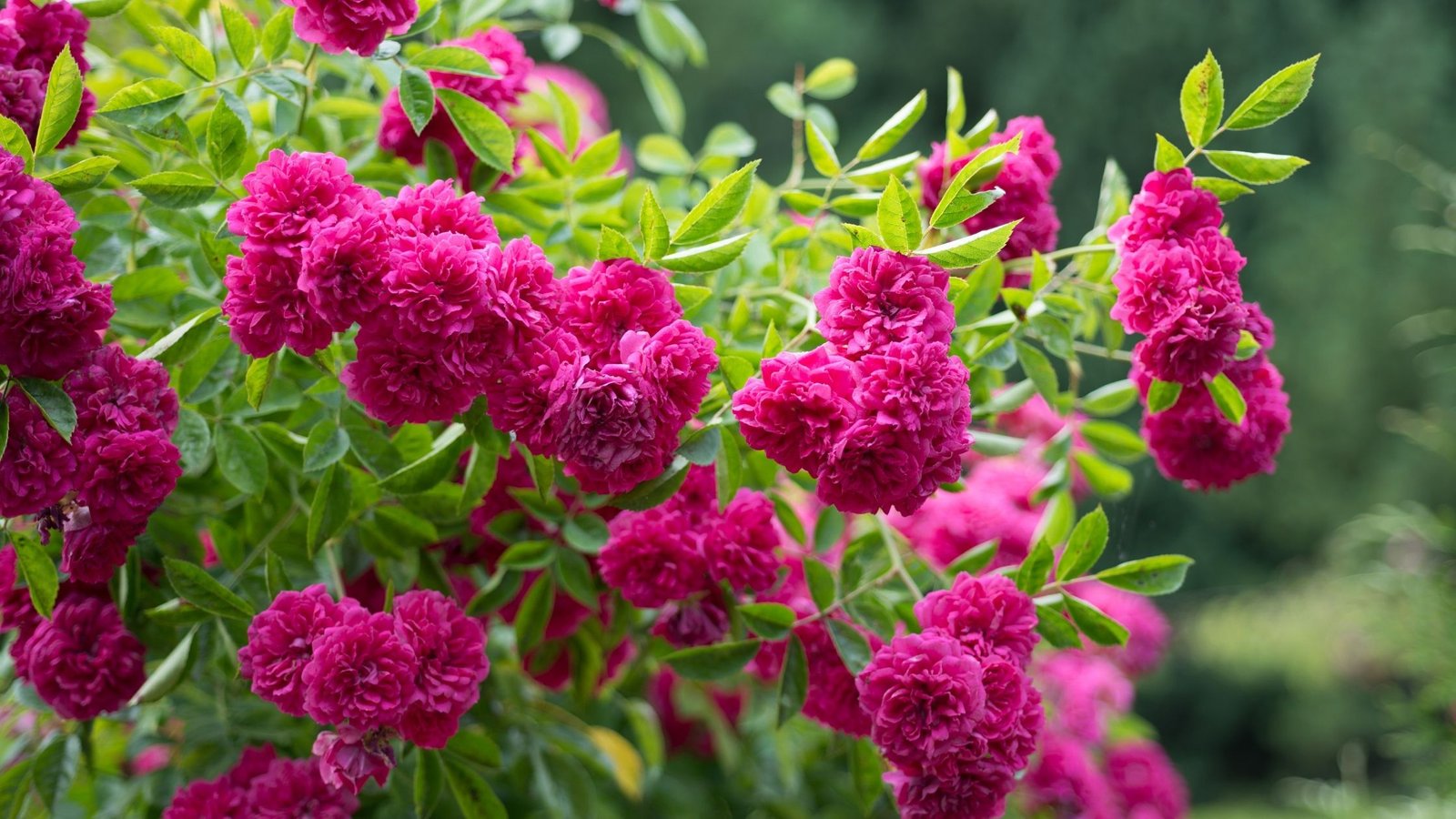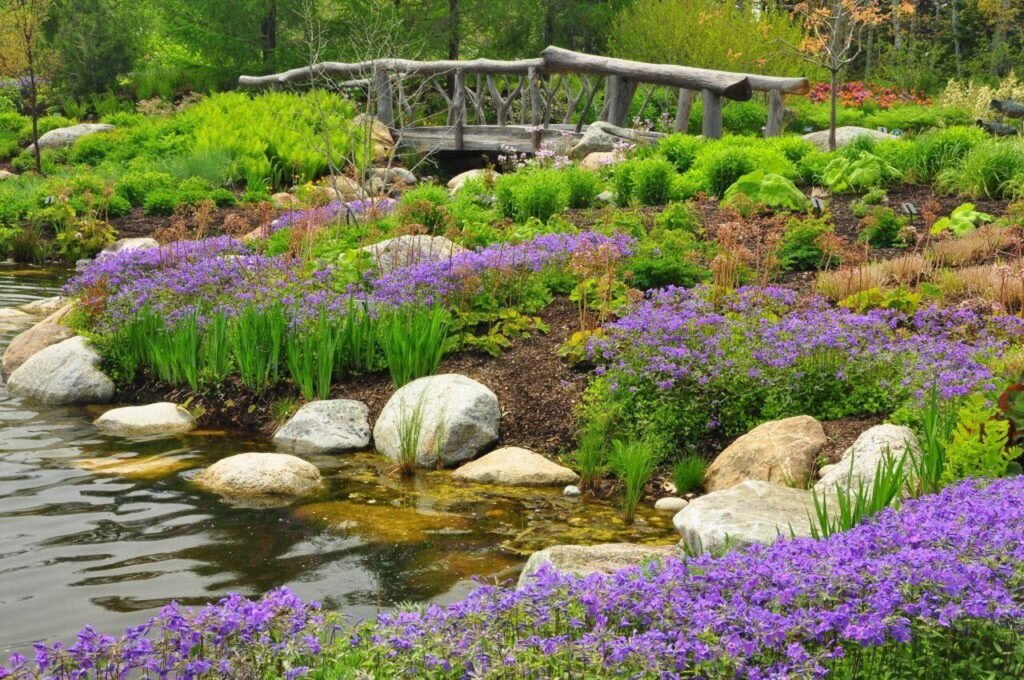|
Getting your Trinity Audio player ready...
|
Creating a sensory garden is a delightful venture that engages multiple senses, and one of the key elements that can elevate the experience is the inclusion of fragrant flowers. In this article, we’ll explore the best fragrant flowers to cultivate for a sensory garden, providing a symphony of scents that enhance the overall ambience.

Lavender (Lavandula)
Known for its calming scent, lavender is a sensory garden staple. Its aromatic profile not only pleases the nose but also has relaxing properties, making it perfect for creating a tranquil atmosphere.
Roses (Rosa)
Roses are the epitome of floral fragrance. With a wide variety of scents, from sweet to spicy, incorporating different rose varieties adds complexity and richness to your sensory garden.
Jasmine (Jasminum)
Jasmine, with its intensely sweet fragrance, is synonymous with exotic allure. Planting jasmine near seating areas allows you to enjoy its captivating scent during leisurely moments.
Lilac (Syringa)
The nostalgic scent of lilacs evokes springtime and renewal. Their clusters of tiny, fragrant flowers add a touch of elegance and a delightful aroma to your sensory garden.
Sweet Alyssum (Lobularia maritima)
For a low-growing, sweet-smelling ground cover, sweet alyssum is an excellent choice. Its honey-like fragrance attracts pollinators and provides a pleasant aroma close to the ground.
Peonies (Paeonia)
Peonies not only boast lush blooms but also emit a sweet and floral fragrance. Planting peonies in your sensory garden introduces a delightful scent during their blooming season.
Scented Geraniums (Pelargonium)
Scented geraniums come in various aromatic profiles, including rose, lemon, and mint.
Gardenias (Gardenia)
Known for their creamy white blossoms and powerful fragrance, gardenias are perfect for adding a heady and exotic scent to your sensory garden.
Sweet Peas (Lathyrus odoratus)
Sweet peas offer a delicate and nostalgic fragrance.
Honeysuckle (Lonicera)
Honeysuckle’s sweet and fruity scent is irresistible. Placing this climbing vine near walkways allows you to enjoy its fragrance as you wander through the garden.
Freesia (Freesia)
Freesias produce a sweet and citrusy fragrance, making them an excellent choice for adding a refreshing scent to your garden. Their colourful and fragrant blooms are a feast for the senses.
Eucalyptus (Eucalyptus spp.)
While not a traditional flower, eucalyptus leaves release an invigorating fragrance. Planting an eucalyptus tree in or near your garden can bring a unique and refreshing aroma.
Dianthus (Dianthus)
Also known as pinks, dianthus flowers offer a spicy and clove-like fragrance. These compact and colourful blooms are perfect for borders and edging in your sensory garden.
Mock Orange (Philadelphus)
True to its name, mock orange produces flowers with a scent reminiscent of citrus blossoms. This deciduous shrub can add a delightful, orange-like fragrance to your garden.
Heliotrope (Heliotropium)
The clusters of tiny, purple flowers not only add beauty to your garden but also contribute a sweet and soothing scent.
Chamomile (Matricaria)
Chamomile, with its daisy-like flowers, releases a mild, apple-like fragrance. Incorporating chamomile in your sensory garden not only adds a pleasant scent but also offers potential medicinal benefits.
Carnations (Dianthus caryophyllus)
Carnations come in various colours and boast a spicy and clove-like aroma. These long-lasting flowers can be a fragrant addition to both outdoor and indoor arrangements.
Nicotiana (Nicotiana spp.)
Known as flowering tobacco, nicotiana produces trumpet-shaped flowers with a sweet and jasmine-like scent, especially in the evening. Planting nicotiana can add a touch of fragrance to your garden’s nightlife.
Scented Basil (Ocimum basilicum)
While commonly known for culinary uses, certain basil varieties like lemon basil or cinnamon basil can contribute a delightful fragrance to your garden.
Stock (Matthiola)
These blooms come in a range of colours, adding both scent and visual appeal to your sensory garden.
Lemon Balm (Melissa officinalis)
A member of the mint family, lemon balm releases a lemony fragrance when crushed.
Angel’s Trumpet (Brugmansia)
With its large, trumpet-shaped flowers, the angel’s trumpet emits a sweet and intoxicating fragrance, especially in the evening. Planting this shrub can bring a touch of tropical allure to your garden.
Ylang Ylang (Cananga odorata)
Ylang-ylang produces flowers with a rich and exotic fragrance often used in perfumery. This tropical tree can add a luxurious and captivating scent to your garden.
Chocolate Cosmos (Cosmos atrosanguineus)
True to its name, the chocolate cosmos releases a chocolate-like scent. These dark red to brown flowers can add a unique and indulgent fragrance to your garden.
Conclusion
In conclusion, creating a sensory garden with fragrant flowers is a gratifying endeavour that enhances the overall outdoor experience. By incorporating these best fragrant flowers, you’ll not only elevate the olfactory ambience but also create a space that engages all the senses. Designing a sensory garden is a personal and rewarding journey, and the inclusion of these delightful blooms ensures a symphony of scents that will leave a lasting impression on anyone who visits.
You may find this information useful:
Gardening with Flowers: Tips for a Vibrant Garden

